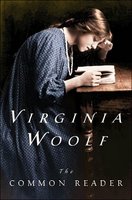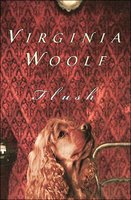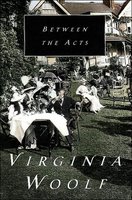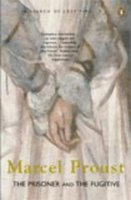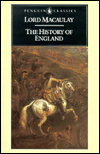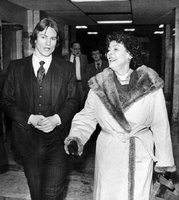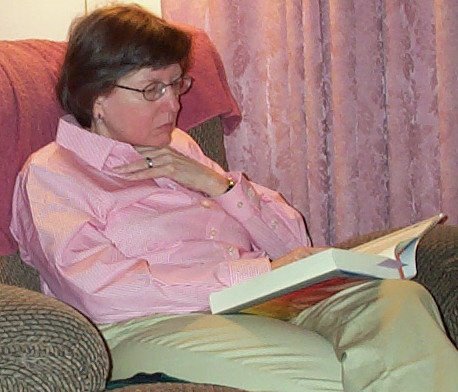What I’m Reading
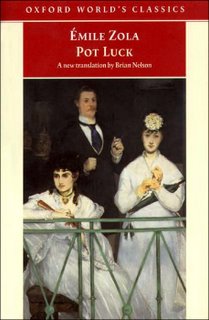
I’m supposed to be reading a lot of things. Mrs Gaskell’s Gothic Tales, in which I’m bogged down near the end. The Professor by Charlotte Bronte, a discussion of which I’m leading during October. The Duke’s Children, the next book on my online trollope group schedule. The Moral Trollope, by Ruth apRoberts, which I’ve borrowed on ILL and which is due soon.
But I’m spending all my time immersed in a book called Pot Luck by Emile Zola. My not-trollope group is going to read Zola’s The Ladies’ Paradise next month. (This is a prediction, but I feel certain this is the book we will choose.) And since Au Bonheur des dames (1883) is a kind of sequel to Pot-Bouille (1882) I decided to take a look at the latter before beginning to read the former.
185 pages later and I’m still looking. The book is about the bourgeoise families living in a pretentious but crumbling apartment building in Second Empire Paris. The main character, Octave Mouret, will go on in The Ladies’ Paradise to build the world’s first department store. But in Pot Luck he is a 24-year old newcomer to Paris working as a clerk in a draper’s shop.
I haven’t read much French literature. I’ve made my way through Proust and I’ve read and re-read The Count of Monte Cristo. The Three Musketeers, The Hunchback of Notre Dame, a little George Sand, a little Anatole France.
All of which in no way prepared me for the “naturalism” of Zola. For the first time I understand why the good middle class English parents in the novels of Trollope forbid their daughters to read French novels.
This isn’t simply a risqué novel. It’s not just a book about adultery and infidelity and money. It’s saturated with sex and greed and filth. You can almost smell the offal the servants throw from the kitchen window into the courtyard, a concrete manifestation of the incredible corruption in the lives of their masters and mistresses.
I’m shocked. And this is only Zola. What unimaginable horrors must be awaiting me in Balzac!


